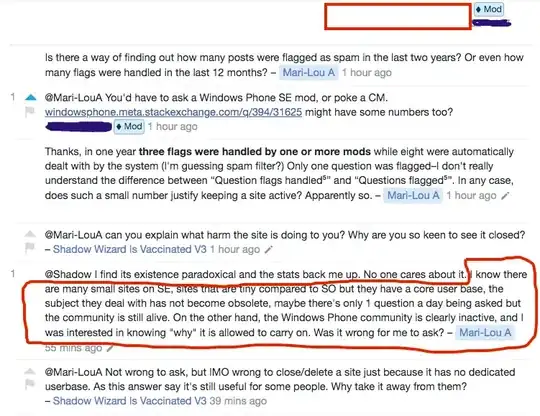In movies you commonly see treasure hunters, pirates, thieves, ...
bite down on a gold coin to verify it's real gold.
(Gold Medal winners often pose with the medal between their teeth, and I'm guessing it derives from that trope)
My question:
- Is the "Bite Test" a working method to verify the authenticity of a gold coin?
